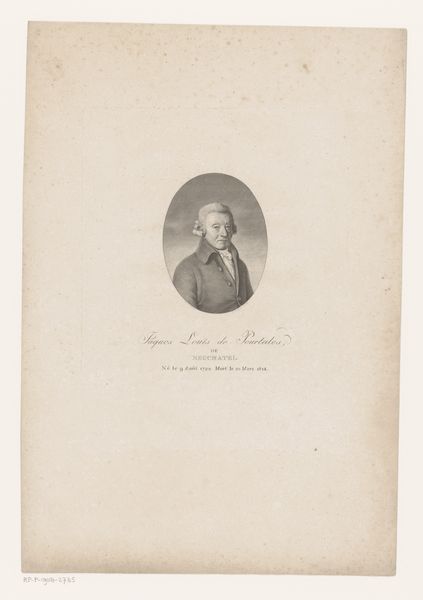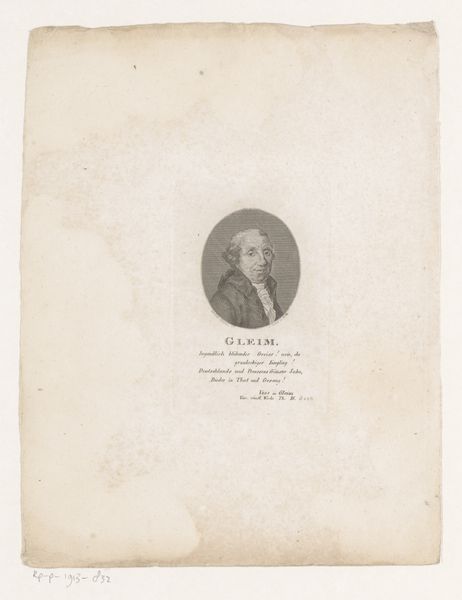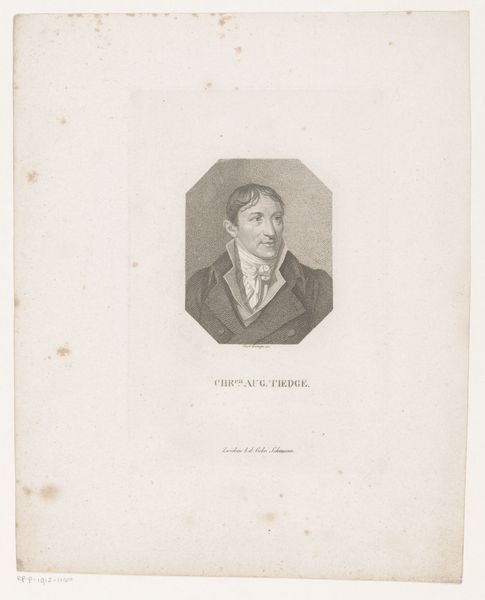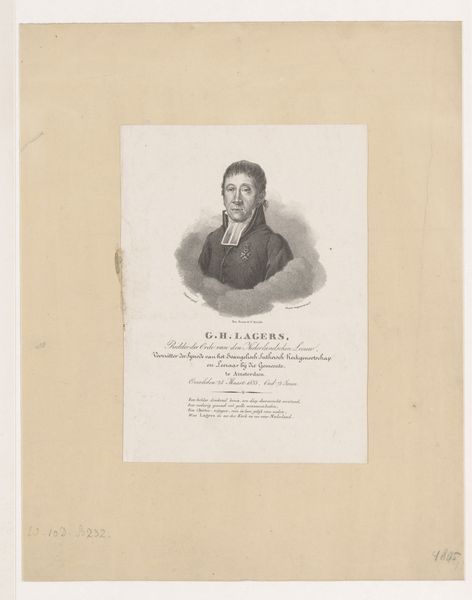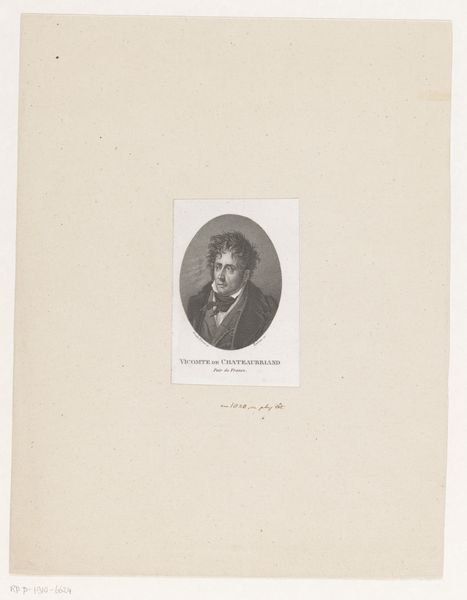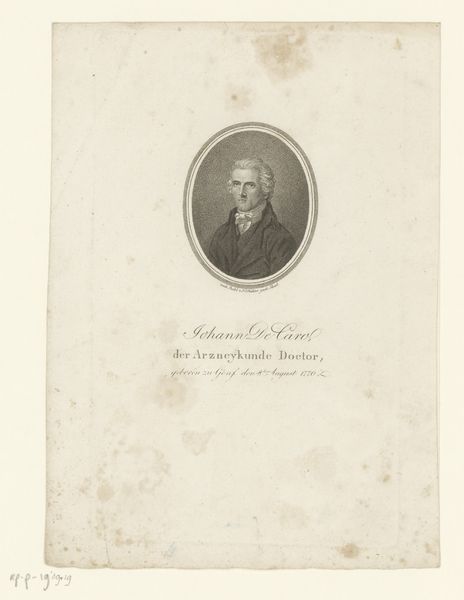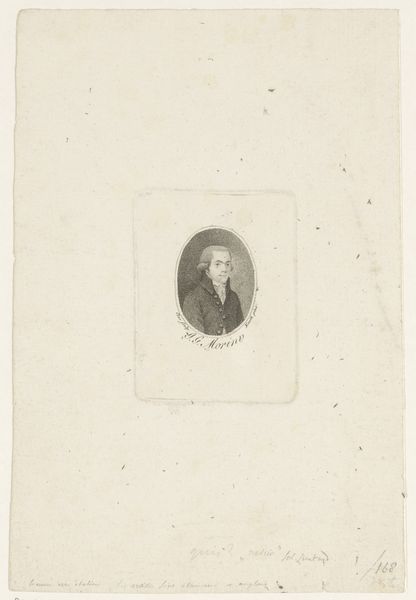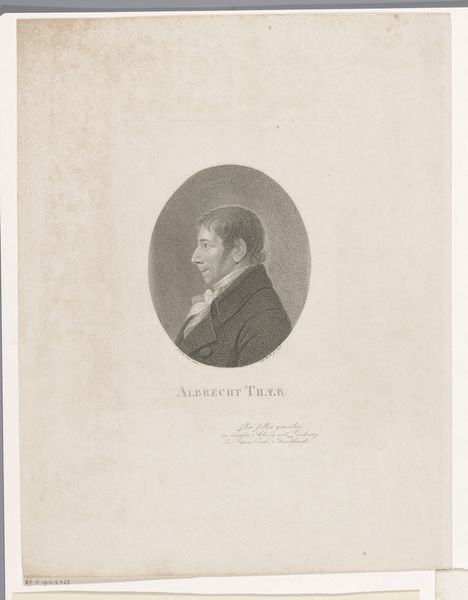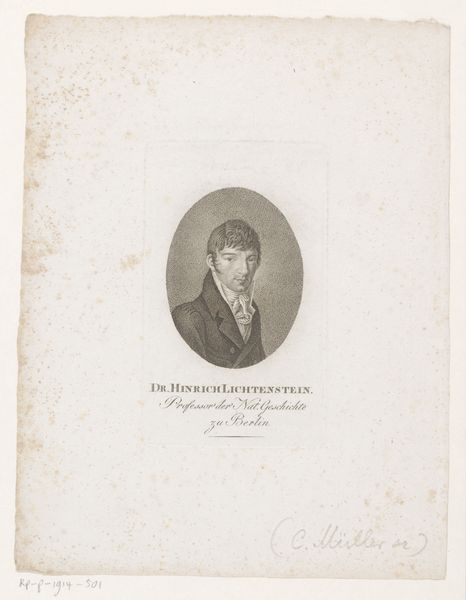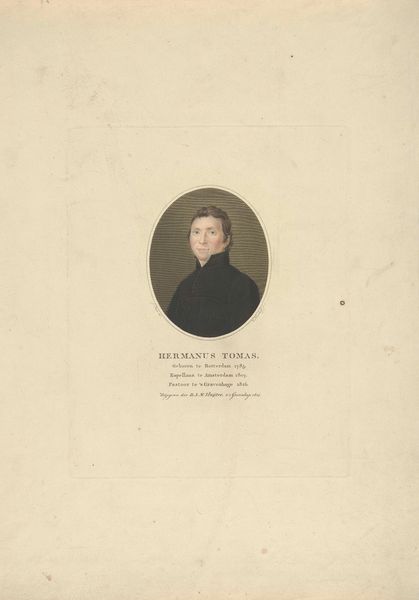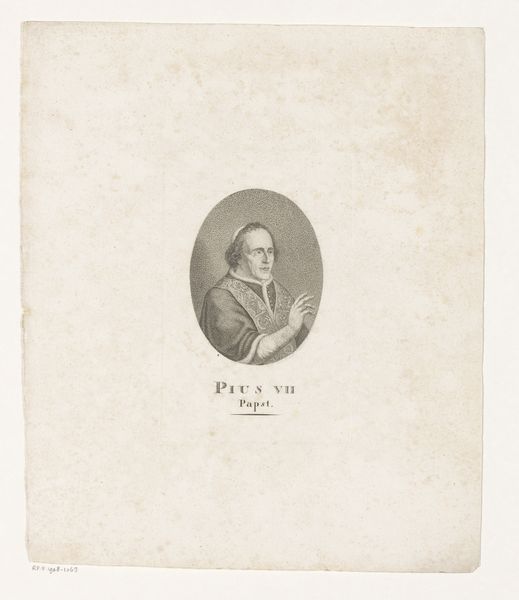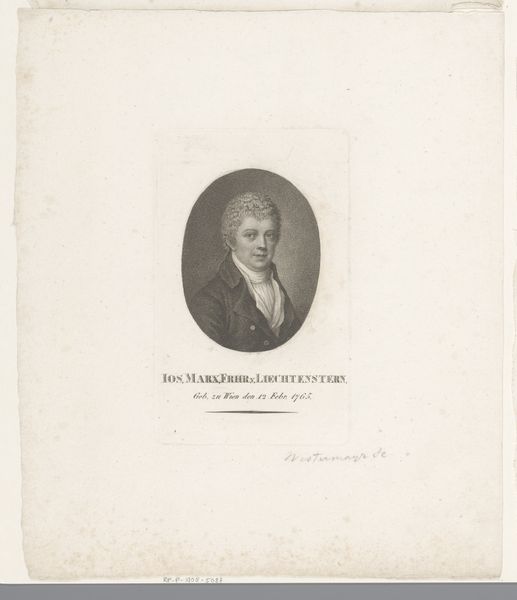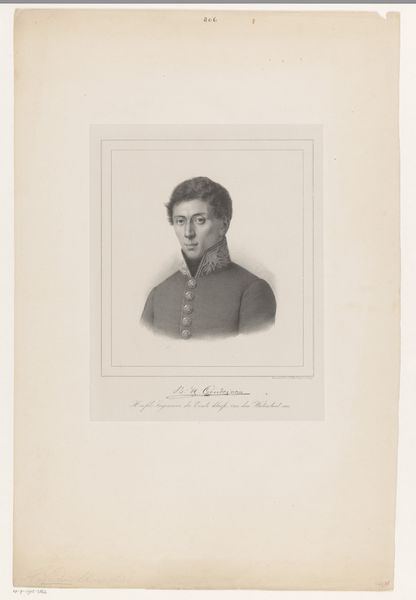
paper, engraving
#
portrait
#
neoclacissism
#
paper
#
history-painting
#
academic-art
#
engraving
Dimensions: height 131 mm, width 84 mm
Copyright: Rijks Museum: Open Domain
Konrad Westermayr created this portrait of Placidus Fixlmillner using etching techniques, sometime around the late 18th or early 19th century. The etched line gives the image its form, and is a surprisingly democratic medium. The relatively low cost of materials – a copper plate, some acid, paper and ink – allowed for broader access to image-making. While painting and sculpture were available to only a few, prints allowed ideas to be disseminated widely. This became especially important during the Enlightenment, with its emphasis on knowledge and reason. The texture and weight of the paper also plays a crucial role. The ink sits slightly above the surface, creating a tactile quality that invites close inspection. And consider the labor involved: the skilled artisan carefully manipulating the etching needle, the press operator inking and printing each sheet. By focusing on these elements, we can appreciate the full context of this portrait. It's not just an image of a man, but a testament to the power of reproducible media and the democratizing force of printmaking.
Comments
No comments
Be the first to comment and join the conversation on the ultimate creative platform.
